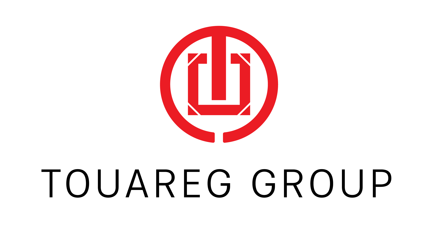


Who doesn’t like the idea of earning money while they sleep? With the conclusion of the rate hike cycle, the yield on the 10-year U.S. Treasury bond has dropped to around 4%. Interest rates are expected to trend lower in 2024. In such an environment, dividend stocks typically offer higher yields than bonds to offset the additional risk inherent in equity investments. As a result, capital is likely to flow into high-dividend stocks, driving their prices higher. At Touareg Group, we believe that as interest rates decline, dividend growth stocks are poised to continue performing well.
So, how can you select top-performing dividend stocks? Here are some key strategies and factors to consider:
Investors should focus on companies that have consistently performed well over several years, rather than just those that have had a strong quarter or two. The ideal target is companies that exhibit steady annual growth between 5% and 15%. Extremely high growth can be risky, as these companies may face volatility, especially during short-term downturns, which can negatively impact their stock price.
Ensure that the company has a robust cash flow, which is essential for sustaining dividend payments. A good indicator is if the company has been paying a solid dividend for at least five consecutive years, as this demonstrates the company's ability to navigate economic cycles and maintain dividend payouts.
Avoid investing in companies burdened with excessive debt, as these companies may prioritize debt repayment over dividend distributions. It’s important to check the company’s debt-to-equity ratio. If it exceeds 2.00, it may be better to pass and seek healthier alternatives with more manageable debt levels.
Beyond a company’s financials, it’s crucial to assess the broader market trends and industry outlook. Staying informed about industry news is key. For example, with the aging baby boomer population, healthcare services are expected to see increased demand, making this sector a potential growth opportunity for dividend-paying stocks.
Choosing between individual dividend stocks or dividend ETFs can be a challenging decision for investors. For those seeking a more diversified approach, dividend ETFs are a viable option. ETFs like VIG, VYM, and SCHD bundle multiple dividend stocks, offering stability and reducing volatility by spreading risk across different companies. However, ETFs have their drawbacks. They may suffer from over-concentration in certain sectors, such as the underperformance of tech stocks in 2023. Additionally, ETFs come with their own tax implications, which investors need to consider carefully.

When selecting dividend stocks, investors must understand several common misconceptions:
1. Dividends Are Not Guaranteed: Companies can reduce or eliminate dividend payments if they face financial difficulties. A very high dividend yield might be a red flag, indicating potential future cuts.
2. Dividends Can Change: Dividends are not fixed and can be altered at any time. For instance, during the 2008-2009 financial crisis, many banks slashed their dividends. Diversifying across multiple stocks or through ETFs can mitigate this risk.
3. Stock Prices Adjust on Ex-Dividend Dates: Stock prices typically drop on the ex-dividend date, rather than the dividend payout date. This adjustment is made to prevent investors from buying stocks purely for the dividend payout.
4. Dividend Stocks Are Not Risk-Free: All investments carry risks. While dividends can provide a steady cash flow, they are not a foolproof buffer against losses. Take the example of RadioShack, which continued paying dividends until its stock crashed in 2012.
5. Tax Implications on Dividends: Dividend taxes vary by jurisdiction. For Singaporean investors holding U.S. stocks, dividend tax rates are governed by the U.S.-Singapore tax treaty. Typically, the U.S. withholding tax rate on dividends for Singaporean residents is 30%, but the treaty reduces it to 15%. However, tax rates can vary based on individual circumstances, so consulting a professional tax advisor is recommended to understand the specific tax treatment.
In the current investment climate, dividend stocks offer a generally stable and cautious investment strategy. However, investors should recognize that even so-called “safe” mature dividend-paying stocks come with risks. When selecting stocks that can provide steady, sustainable dividends, focus on companies with projected long-term growth between 5% and 15%, strong cash flow, low debt-to-equity ratios, and clear competitive advantages.
Such a strategy not only allows you to benefit from higher returns as interest rates decline but also provides a steady stream of income, creating a reliable “safe harbor” amid market volatility.
Other News

